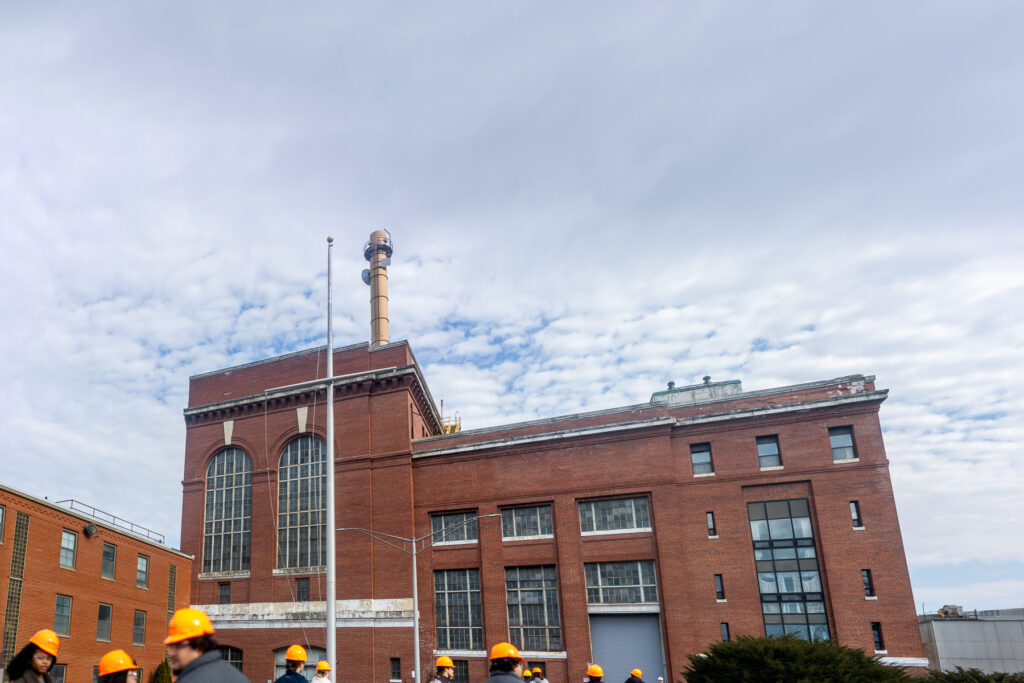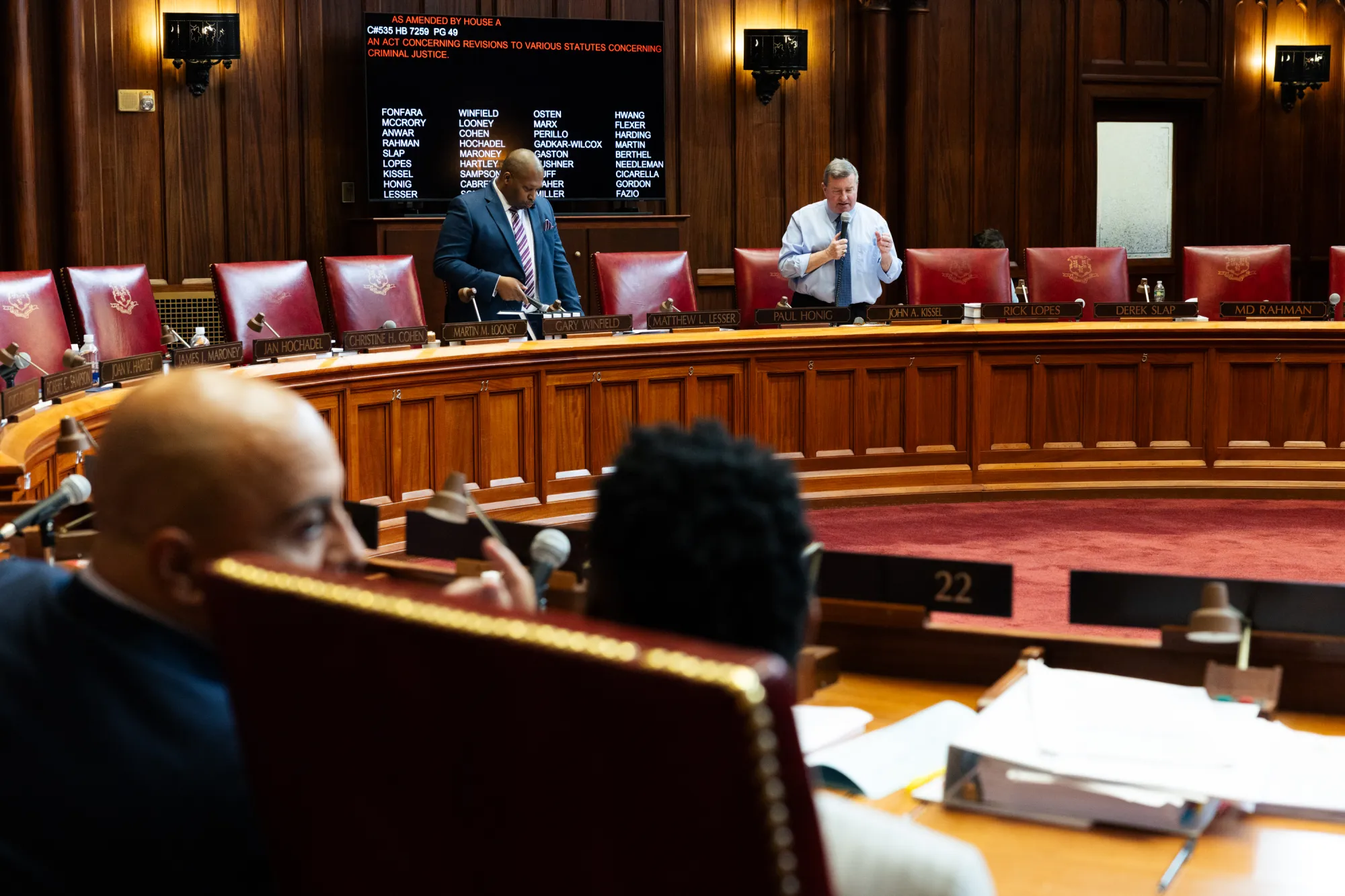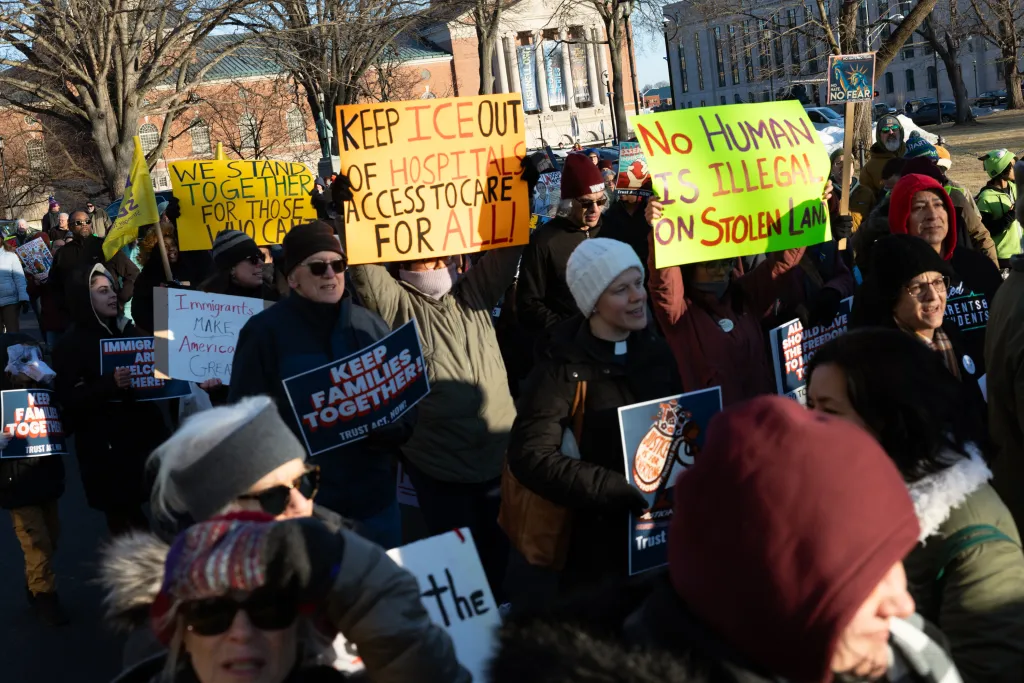
by Sarah McCoy and Dwayne David Paul published in The Hartford Courant
For some cities, being on the waterfront is a selling point, an attraction. Pittsburgh has built
its identity around its rivers. Portland, Maine, reportedly makes over $2 billion in tourism each year with its ocean views and hipster restaurant scene.
Here in Connecticut’s capital city, we’ve been denied those benefits. Our river has been for the trash of dozens of the state’s cities and towns. As a result, the air that we breathe and the. water that we drink have been exposed to high levels of pollution.
In the North End of Hartford, Mount Trashmore occupied the space between the residential communities in the northeast and Clay Arsenal neighborhoods. It stopped accepting waste deliveries in 2008 and was capped in 2015. This property largely remains unavailable for visitors, and as recently as 2020, leaked PFAS – so-called “forever chemicals” – into our sewers, groundwater, and the Connecticut River. The neighborhoods have never been made whole from those injuries.
We must do better in the South End of Hartford, where another high polluting facility recently closed. Right on the bank of the Connecticut River on Maxim Road sits the region’s former trash incinerator. For over 40 years it burned over 600,000 pounds of trash from 70 Connecticut towns. To be more accurate, residents in 69 towns rolled out their trash bins every week and never thought about where it was headed and one town received it all.
It was among the many regional services Hartford provides that does not boost its tax base such as health care and transportation infrastructure, as well as state government.
Last month, Weston and Sampson, a local environmental and engineering consulting firm, presented a study on remediation and redevelopment of the 300 Maxim Road trash-to- energy plant. In it they outline the toxins found on the site and varying levels of clean-up options. Spoiler alert, they range in cost from $27.87 million to $333.87 million. Yet none of this math accounts for the community that has been harmed.
On July 1, 2025, the state of Connecticut’s Department of Administrative Services will become the owners and caretakers of this land and the $63 million in reserves. This might be the most under-watched pot of $63 million in the state. Sure, there are lawmakers who have big ideas but in the first two public hearings on the issue, attendance was dismal with less than 20 members of the general public.
When the CT Resource Recovery Authority, or CRRA, began in 1978, it was quick to identify the South Meadows as the future site for the incinerator. When its reputation tanked, partly due to an ill-fated investment in Enron and other missteps, it rebranded as the Materials Innovation and Recycling Authority, or MIRA. But innovation remained a misnomer. There were disinvestments by member towns, a historic months-long shutdown in 2018, and by 2022 it was closed for good.
As community organizers and leaders with the Greater Hartford Interfaith Action Alliance we have advocated for the MIRA successor board, the MDA, or MIRA Dissolution Authority, to make right by Hartford and its residents who experienced all of the harms for the entire region’s garbage. It is no surprise to us that a recent article stated that 23% of the 176 facilities in the state that have the potential to impact the host communities with toxins or pollution are located within just four cities: Bridgeport, Hartford, New Haven and Waterbury.
The cities with some of the highest rates of poverty and the most people of color have borne the burden of the state’s hazardous waste facilities. This environmental injustice is systemic and its remediation needs to be as well. When the MDA dissolves on June 30 of this year, the repairs needed should stretch beyond the limits of the incinerator property. When the impact of the air pollution led to asthma and hives and children not being able to go out to recess, remediation is no longer limited to the land and water. Remediation is for the people of Hartford whose day-to-day lives and health have been sacrificed for 40 years.
The $63 million needs to be the beginning of an Environmental Justice Fund that invests in the programs and infrastructure that address the health disparities that Hartford residents face. Southend Hartford residents, on average, live 12 years less than West Hartford Center residents, despite being just three miles apart. Asthma rates in Hartford are some of the highest in the nation.
Yes, the former trash incinerator property needs to be cleaned up. Yes, it should be protected from reopening as another waste processing plant. But we can’t let the offenders of decades of pollution just lock the doors and wipe their hands. Remediation means repair to the community that was harmed.








